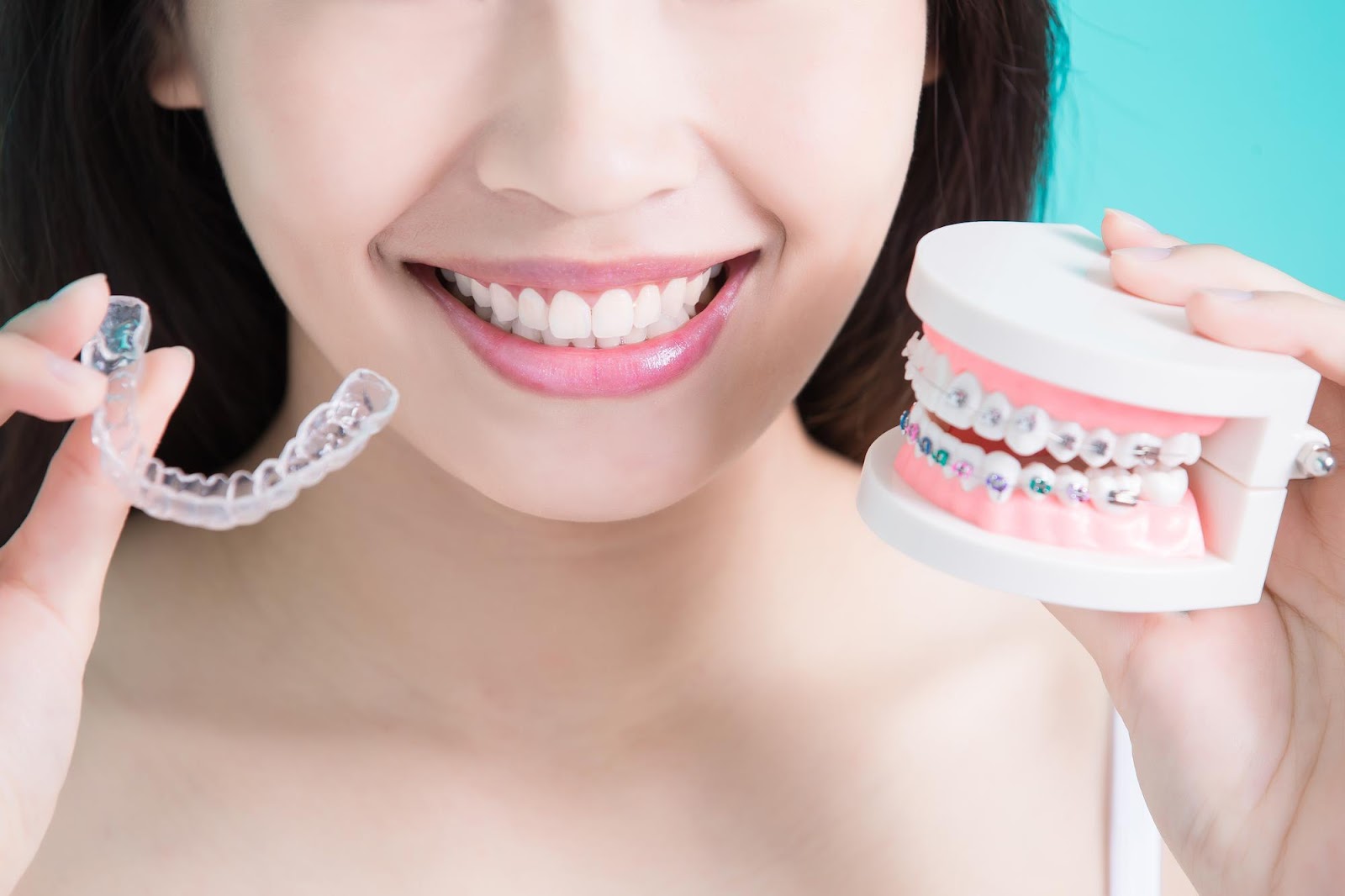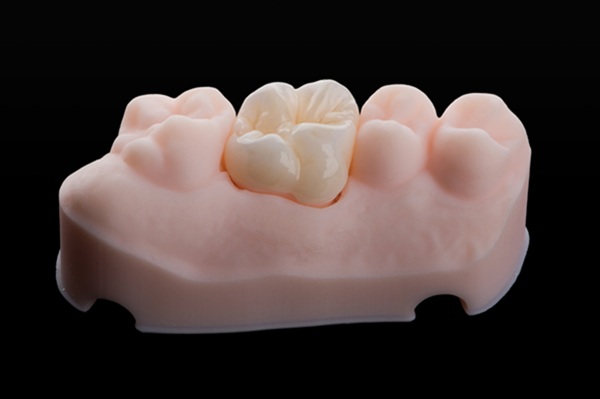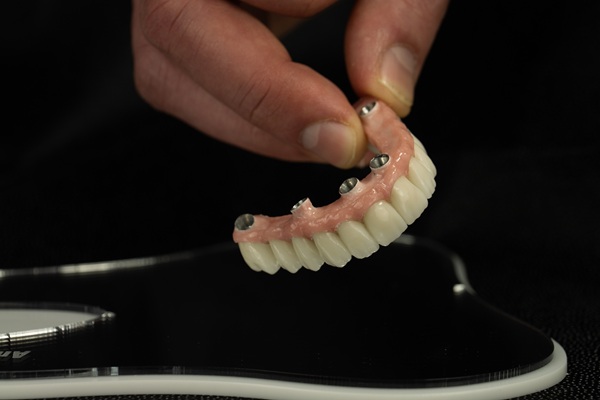Invisalign vs. Braces: Which treatment is better?

Many people want a straight smile, however, most people need help achieving one. Both Invisalign® and traditional braces straighten teeth to improve oral health and appearance.
If you are deciding between these two orthodontic treatments, consider the following factors:
1.Aesthetics
When it comes to appearance, Invisalign wins this category every single time. Invisalign trays are composed of a clear plastic material, which is virtually unnoticeable. In contrast, metal braces stand out on enamel. While some children may enjoy picking out the different color combinations for their rubber bands, most teens and adults prefer the discretion of Invisalign.
2. Gum Health
When researchers compared patients' gum health after Invisalign and braces, patients who wore Invisalign had healthier gums and more satisfaction. Why? Invisalign trays are removable. This feature gives patients more access to their teeth and gums, which keeps them clean and healthy.
3. Managing Dental Emergencies
Accidents happen. While orthodontic dental emergencies are rare, they are less likely to occur with Invisalign. If a plastic aligner tray breaks or warps, patients can wear an older aligner until they visit their dentist.
If patients decide on braces for orthodontic treatments, they may experience the following orthodontic emergencies and inconveniences:
- Protruding or broken wire: Eventually, the end of a wire can come loose or break, which can poke and irritate the cheek or gums. Sores may form on the soft tissue.
- Loose bracket or wire: The point of an orthodontic device is to move the teeth with gentle force. When a bracket or wire loosens, the patient must visit their orthodontist right away to avoid delays in treatment and oral injury.
- Broken ligature: The tiny rubber bands (ligature) that hold the wire to the bracket sometimes pop off. If patients can’t get them back on, they must notify their orthodontist.
4. Tooth Movement
Orthodontic treatments apply pressure to the teeth. Consequently, the jaw bone softens and allows movement. Patients must consider effectiveness, speed, and developmental stage before starting Invisalign or braces.
Effectiveness
Although Invisalign is constantly updating its technology, braces are ideal for more complex or severe cases (such as extremely crowded or twisted teeth). Patients with mild to moderate spacing discrepancies qualify for Invisalign.
Speed
At the initial consultation, dentists create an individualized plan for correcting misalignment. Every case is one-of-a-kind, and the speed of comprehensive orthodontic treatment depends on the case complexity. Typically, Invisalign treatment is quicker than braces:
- Invisalign: 9 to 18 months
- Braces: 22 months
Age
Because young children's teeth are more complicated and may still be developing, most dentists do not recommend Invisalign. Conversely, dentists may recommend Invisalign Teen when the majority of the permanent (adult) teeth are set in—usually around the ages of 12 to 13 years old. Clear aligners are suitable for accountable teens and adults who can manage treatment.
5. Cost
When choosing between orthodontic treatments, it's normal to consider the price. The manufacturer's website reports that the cost of Invisalign and braces are similar. More complicated cases necessitate more materials and treatment time, which increases the total cost. It's also important to note that if your PPO insurance, health savings account, or flexible spending account covers braces, it should also cover Invisalign treatment.
We Can Help You Decide if Invisalign is a Suitable Treatment
Invisalign and braces successfully move teeth, but Invisalign is superior in aesthetics, preventing gum disease, safety, and speed. At Advanced Dentistry, Dr. Payam K. Asadi designs Invisalign alignment plans to help patients with slight crowding, gaps, and other minor alignment issues. Please call (520) 353-3002 to schedule a consultation for Invisalign in Tucson, AZ.
Recent Posts
Many are familiar with ceramic and metal crowns but may be less familiar with the unique advantages of zirconia crowns for repairing damaged teeth. This review highlights and answers frequently asked questions about zirconia crowns to help you decide if they may be the right type of dental restoration for you.Common questions that patients have…
For patients missing multiple teeth, All-on-4® dentures are an excellent restorative option. These implant-supported dentures can transform a patient's smile. Many patients prefer this type of denture, as it is more secure and natural-looking than a regular denture.Before committing to this procedure, patients need to understand the process. The dentist should explain the benefits of…
Considering clear braces? Read on to learn more about the process and duration of treatment. Patients often inquire about the length of time they will need to wear clear braces at their first appointment with the dentist. The patient's condition mostly determines the duration. Braces may take longer than expected in certain cases, and individuals…
Same day crown technology has made it possible for patients to get a crown over a tooth on the same day as their dental appointment. Crowns, commonly known as "caps," can treat a broad range of dental problems. They are used to treat decayed parts of teeth, replace a missing tooth as part of a…


